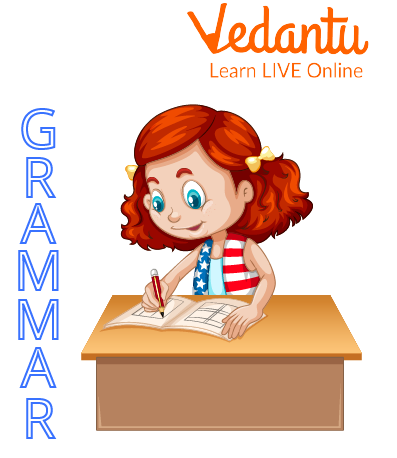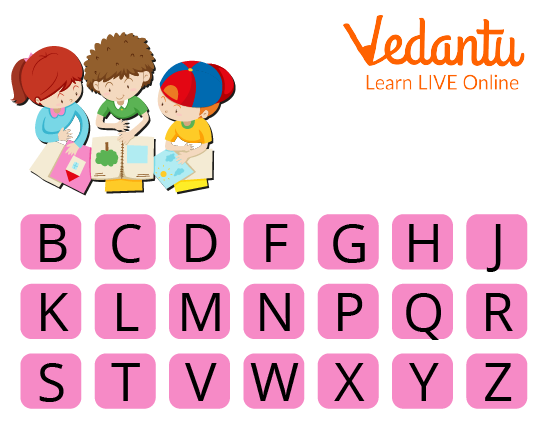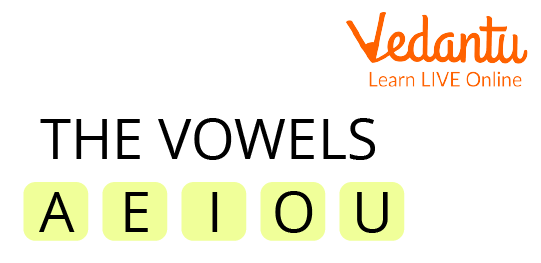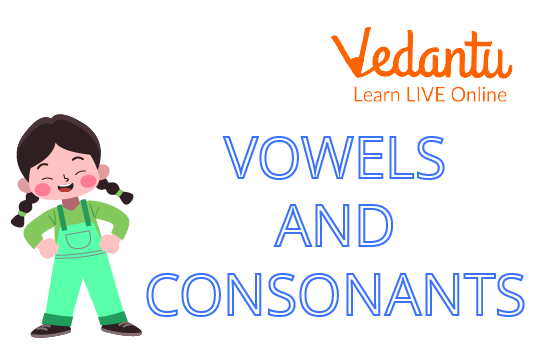Download Free PDF with Solution for English Grammar Class 1 Vowels and Consonants
FAQs on English Grammar Class 1 Vowels and Consonants - PDF
1. What are the different types of vowel sounds?
There are two different types of vowel sounds as described below:
Monophthongs - Monophthongs have a single sound and are also called pure vowels. An example of this type of vowel sound is the word "feet" where there is a single vowel sound in a syllable.
Diphthongs - When two vowels are either joined or paired in order, it creates a diphthongs type of vowel sound. This vowel sound starts as a single vowel sound and then blends into another. For example, when you say the word "away", you start with an "a" vowel sound and then go to the long I sound.
2. What are long and short vowel sounds?
If a vowel makes the sound of a specific letter, then it is called a short sound vowel. On the other hand, if the vowel sounds like the name of the letter, then it falls in the long vowel sound category. For example, the vowel “a” in the word “bat” and the vowel “e” in the word “pet” are short vowel sounds whereas the vowels “a” in “fate” and “ea” in “Wheat” are long vowel sounds.
3. When is the letter "y" used as a vowel, and when is it used as a consonant?
If, in a word, the letter "y" blocks the airflow out of your mouth, then it is a consonant, for example, "yellow", "yam", etc. When the letter "y" in a word does not block the airflow, it is treated as a vowel, for instance, sky, fry, etc.













